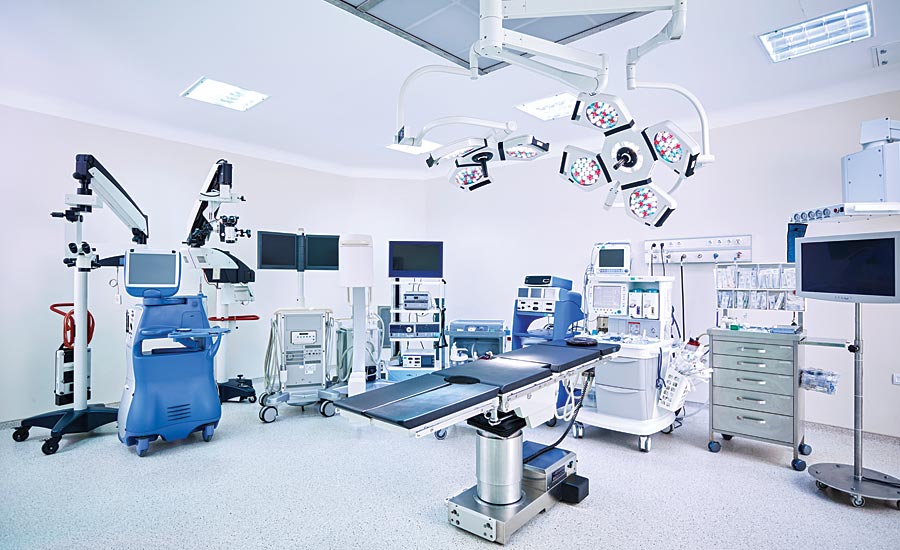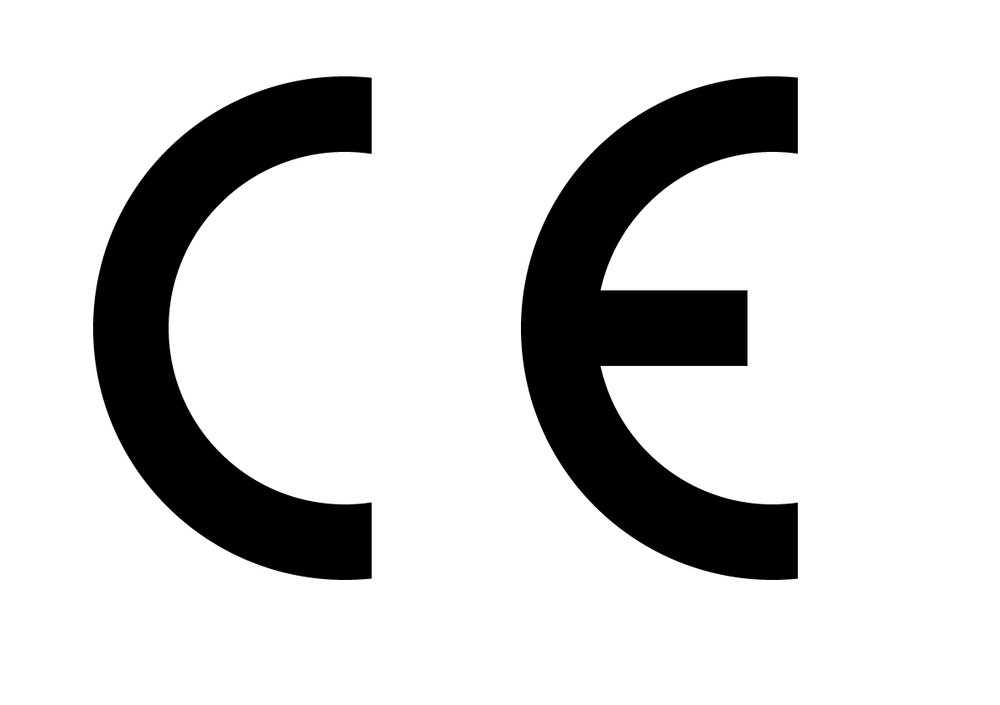One of the most significant steps made in 2019 in Montenegro surrounding the medical device regulatory framework was the adoption of the Law on Medical Devices. This established general principles related to manufacturing, distributing and supervising medical devices on the domestic market.

Scope of Montenegro Medical Device Law
The new law covers the most important aspects related to all steps of the medical device’s lifecycle and also sets forth the requirements on the safety and performance of devices allowed to be marketed in Montenegro. First of all, the act introduces the criteria used to define whether the particular device is subject to regulation under the law on medical devices. For example, it is explicitly stated that if the product is non-reusable, contains medicines (drugs) and is intended solely for the purpose of delivering this medicine, such products should be regulated under the laws on medicines. At the same time, if the product that contains drugs could be used separately, the provisions of the law on medical devices should be applied to the device itself while drugs should be subject to medicines regulation. The law also covers in vitro diagnostic (IVD) medical devices as well as products without the medical intended purpose but similar to medical devices in the terms of functions or risk associated with them.
The law also provides a list of prohibited medical devices, which includes devices that:
- Do not comply with basic requirements,
- Are not entered in the register of medical devices,
- Are produced by an entity that is not listed in the register of medical device manufacturers,
- Are placed on the market by an entity that is not listed in the register maintained by the national agency on medicines and medical devices,
- Have no sign of conformity,
- Have no certificate of conformity,
- Are expired or have defects in packaging,
- Are known or reasonably suspected to be forged,
- Are not registered in Montenegro and have not been properly imported in accordance with all applicable requirements.
The document contains the definitions of the most important terms, such as a “defect”, a “distributor”, the “EUDAMED”, a “supplier”, and others.

Medical Device State Regulation in Montenegro
The law describes in detail the responsibilities of state bodies and agencies related to medical device circulation on the domestic market. According to the provisions of the law, the Ministry of Health of Montenegro is entitled to adopt additional regulations aimed at the implementation of the law, to set forth the procedures of keeping registers of conformity assessment bodies, manufacturers, wholesalers, importers and suppliers, and to designate eligible entities as conformity assessment bodies. The inspecting authority is responsible for inspecting medical device manufacturers and other parties involved, and also for the withdrawal of medical devices failing to comply with medical device regulations.
Agency for Medicines and Medical Devices of Montenegro carries out a wide range of functions, namely:
- Registration and keeping the register of medical device manufacturers and other parties involved in operations with medical devices,
- Registration and upkeep of the register of medical devices allowed to be marketed in Montenegro,
- Providing authorization for the importation of medical devices,
- Approval of clinical trials and their further supervision,
- Implementation of a vigilance system,
- Making final decisions in cases regarding classification of medical devices and providing designated conformity assessment bodies with legal opinion,
- Cooperation with foreign national regulating authorities and international organizations in the sphere of medical devices.
It is also stated that all costs associated with the registration of an entity (e.g. manufacturer or importer), or a medical device should be covered solely by an applicant requesting the aforementioned services. There is also an annual fee to be paid by entities listed in the register or providing their devices to be listed in the appropriate register.
To perform its functions, the agency is entitled to form special commissions and also to engage external experts in case if it is reasonably necessary due to the complexity of the particular case subject to review. It is also explicitly stated that the director of the agency and any of its employees could not participate in any entity operating in the sphere of medical devices in order to avoid the conflict of interest.
Montenegro Medical Device Requirements and Classification
According to the law, all medical devices can be divided into three main types: general medical devices, in vitro medical devices, and active implantable medical devices. Montenegro also utilizes risk-based classification dividing medical devices into four classes:
Class I – low-risk medical devices,
Class IIa – low to medium risk medical devices,
Class IIb – medium to high-risk medical devices,
Class III – high-risk medical devices.
At the same time, the Ministry of Health is entitled to adopt additional regulations implementing the rules related to certain specific medical devices.
Notified bodies should perform the classification of medical devices of all types and classes except Class I (low-risk) and in vitro diagnostics medical devices that should be properly classified by the manufacturer. In case of any disputes, the final decision should be made by the Ministry of Health. Classification of combination products containing both medical devices and drugs should be based on the primary purpose of the product as intended by the manufacturer.
To be allowed to place a conformity mark, the manufacturer must ensure the following:
- Mutual compatibility of all integral parts of the device has been checked,
- Packaging complies with all applicable requirements and includes the instructions containing all information necessary to use the device,
- Appropriate methods of internal production control were applied properly on all steps of the manufacturing process.
To be considered eligible to be placed on the domestic market, the device must comply with all safety and technical requirements implemented in Montenegro, and also with the corresponding harmonized European or international standards. Conformity assessment procedures are intended to determine whether the device complies with the aforementioned requirements and should be performed by the appropriate designated body, which is also responsible for the technical evaluation of the final products. The exact scope of examination procedure that the device should be subject to depends on the particular class of the device in accordance with the risk-based classification.
Compliance with the applicable requirements should be confirmed by the manufacturer by making a declaration of conformity and marking with the CE mark before placing the device on the market. The conformity mark should be clearly visible and recognizable and should be placed on both retail and commercial packages (if applicable). The manufacturer must also keep all documentation for at least five years.
A medical device produced by the healthcare facility could be used only for internal purposes by the facility itself but they are not allowed to market such a device. At the same time, the inspection authority has a right to impose restrictions on using such a device in case if the device does not meet the applicable requirements.

How Can RegDesk Help?
RegDesk is a next-generation web-based software for medical device and IVD companies. Our cutting-edge platform uses machine learning to provide regulatory intelligence, application preparation, submission and approvals management globally. Our clients also have access to our network of over 4000 compliance experts worldwide to obtain verification on critical questions. Applications that normally take 6 months to prepare can now be prepared within 6 days using RegDesk Dash(TM). Global expansion has never been this simple.

